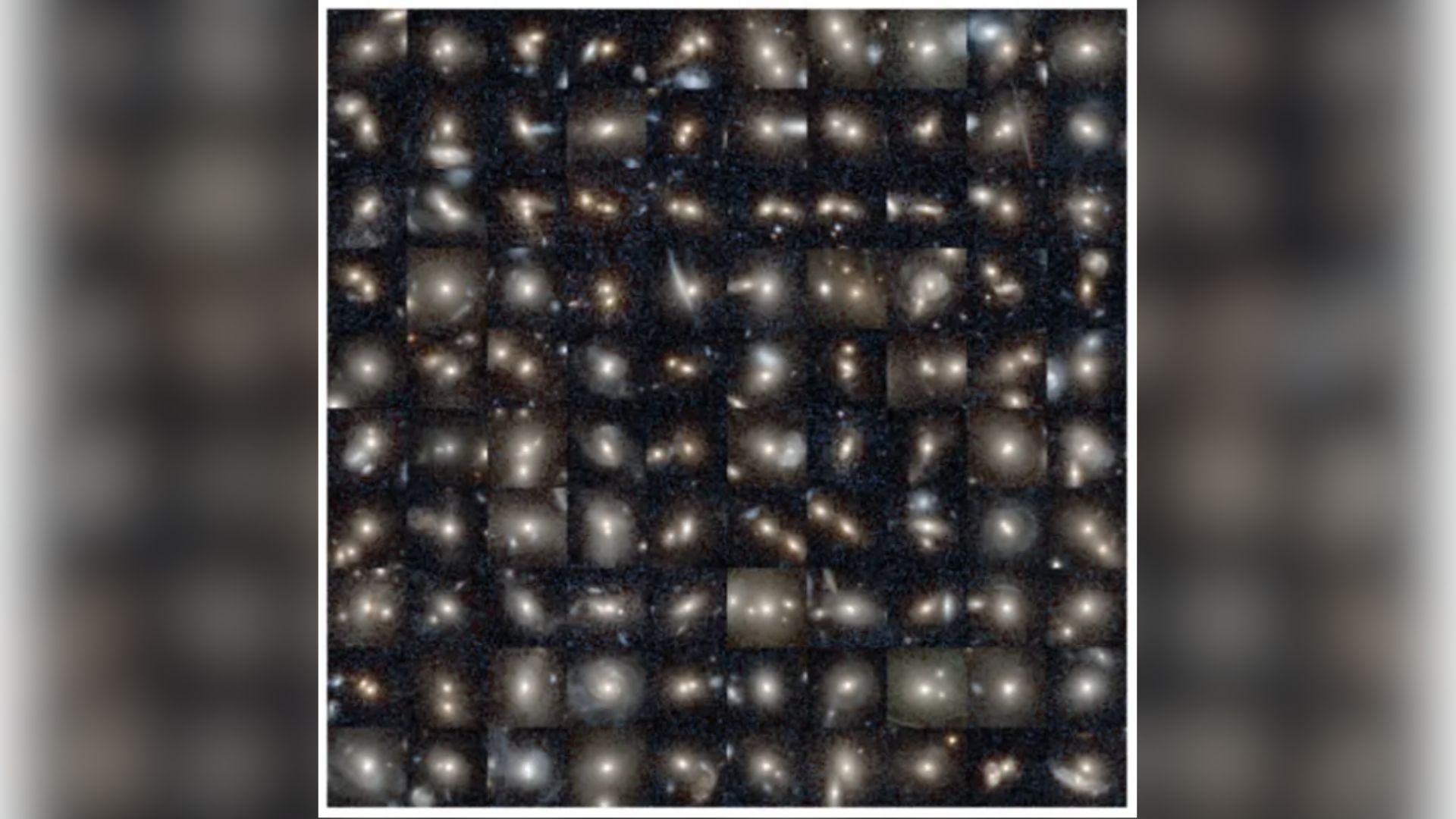Last Chance to Get a Good Look at Mars Until 2012
On Thursday night, March 25, many people maylook up at the sky and ask the question, "What's that bright star next tothe moon?"
The answer for Thursday night is Mars, butthat answer changes night by night as the moon travels along theecliptic, the path the sun, moon and planets follow across the sky. If youask the question again on Monday night, March 29, the answer will be the ringedplanet Saturn.
Such conjunctions of the moon and planets areregular reminders of how rapidly the moon moves across the sky.
Mars was in opposition to the Sun on Jan. 29,when it appeared 14 arcseconds in diameter, 1/120 of the diameter of the moon.Two months later, it is much farther away, and has shrunk to only 10 arcsecondsin diameter.
This will be your last chance to get a goodlook at Mars until it approaches the Earth again in 2012 [see more Mars photos].
The sky these spring evenings presents astriking contrast between its western half, filled with the bright stars andconstellations of winter, and its eastern half, with Regulus the only brightstar. Mars sits in solitary splendor in Cancer, one of the most insignificantzodiac constellations, just above the plane of the Milky Way.
But there is much lurking beyond the dimstars of spring, for we are entering the realm of the galaxies. Theconstellation Leo alone contains five of the brightest galaxies in CharlesMessier's famous 18th century catalog of deepsky objects.
Breaking space news, the latest updates on rocket launches, skywatching events and more!
When we look towards Leo, we are lookingabove the plane of our Milky Way galaxy at the depths of intergalactic space,unhindered by the clouds of dust and gas which fill our galaxy.
- Images - Mars: The Red Planet
- Top 10 Extreme Planet Facts
- More Night Sky Features from Starry Night Education
This article was provided to SPACE.com by Starry Night Education, theleader in space science curriculum solutions.

Geoff Gaherty was Space.com's Night Sky columnist and in partnership with Starry Night software and a dedicated amateur astronomer who sought to share the wonders of the night sky with the world. Based in Canada, Geoff studied mathematics and physics at McGill University and earned a Ph.D. in anthropology from the University of Toronto, all while pursuing a passion for the night sky and serving as an astronomy communicator. He credited a partial solar eclipse observed in 1946 (at age 5) and his 1957 sighting of the Comet Arend-Roland as a teenager for sparking his interest in amateur astronomy. In 2008, Geoff won the Chant Medal from the Royal Astronomical Society of Canada, an award given to a Canadian amateur astronomer in recognition of their lifetime achievements. Sadly, Geoff passed away July 7, 2016 due to complications from a kidney transplant, but his legacy continues at Starry Night.
